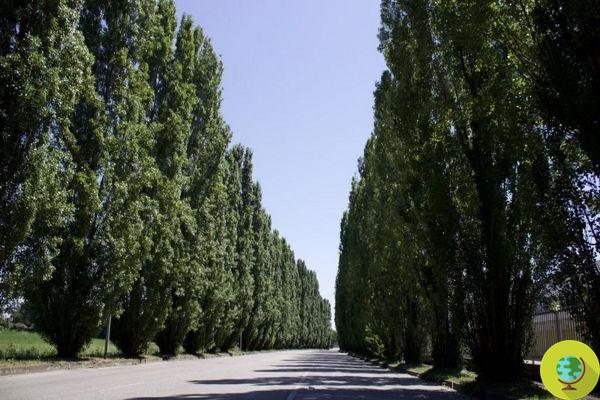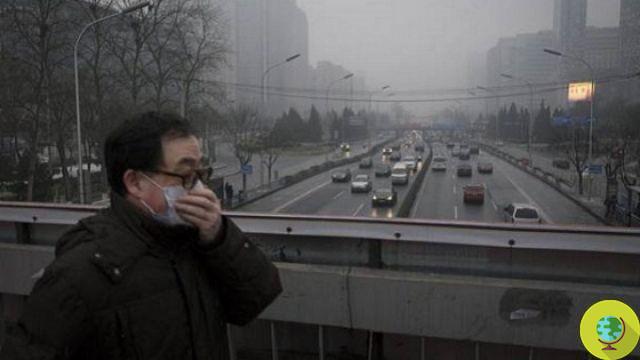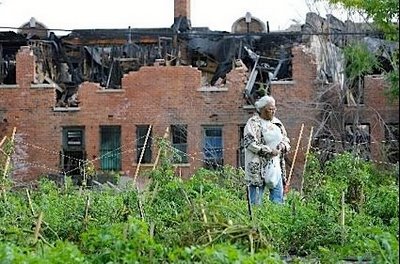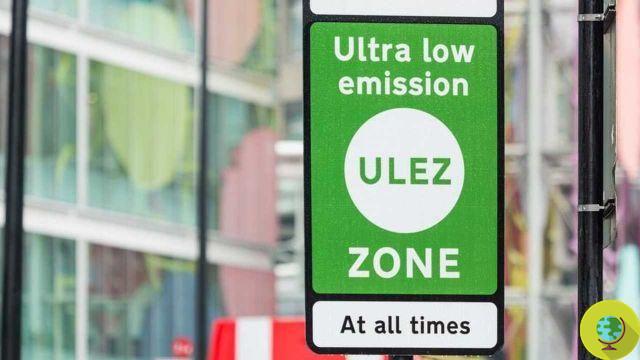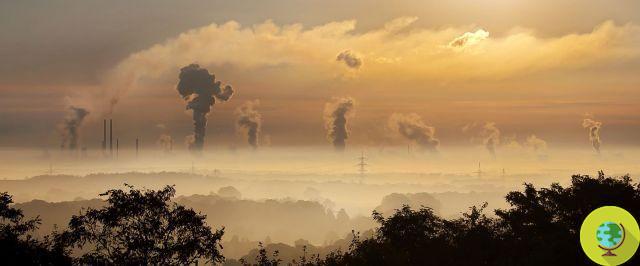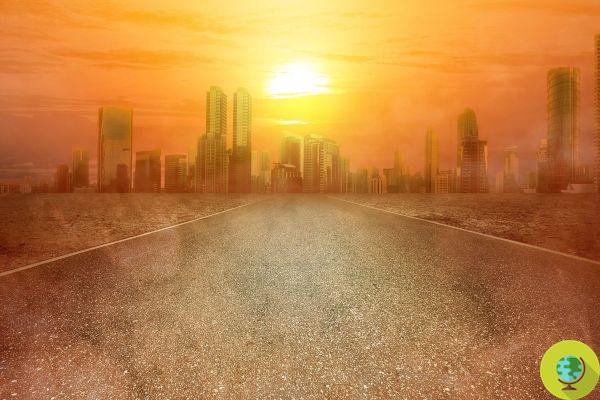
Intense heat levels in our cities have dramatically increased since the early 80s, tripling over the past 35 years
He is about to end up run over, his mother saves himIntense heat levels in our cities have dramatically increased since the early 80s, tripling over the past 35 years
Currently around 1,7 billion people (nearly a quarter of the global population) live in urban areas where exposure to extreme temperatures has increased in recent decades. Many studies conducted on heat exposure in cities have so far been based on estimates that have not included millions of people potentially at risk. The recently published report, on the other hand, used satellite estimates of population concentrations in the years between 1983 and 2016, counting the number of days per year in which over 13.000 urban areas were exposed to intense heat.
It turned out that nearly two-thirds of the global rise in city temperatures is concentrated in urban centers in sub-Saharan Africa and southern Asia - partly due to climate change and the so-called 'heat island' effect (temperatures in urban areas are higher than in rural areas due to the materials used to construct roads and buildings, such as concrete and asphalt, and to the absence of trees and green areas that can absorb heat), but also because the number of people living in densely urbanized areas is growing more and more: the urban population in the world has multiplied, from 2 billion in 1985 to almost 4 , 5 billion today.
While the population distribution varies from city to city, we can say that urban growth has occurred faster in African cities where governments they did not engage in urban planning or building infrastructure to meet the needs of new residents. Furthermore, it is clear that the phenomenon of urban heating is intensifying in those areas - such as Africa - already characterized by high temperatures.
The urban population is destined to grow further, and with it the amount of greenhouse gases in the earth's atmosphere: this combination will lead to increasingly hot cities in the next few years. The planet has already seen its temperature increase by + 1 ° C compared to the pre-industrial period, and the prospect is for a further increase by 2050 (+ 1 ° C or more). This global temperature rise, combined with urban population growth, could lead to a 400% increase in heat in cities by 2050 - with the hardest hit cities located in southern Asia and Africa.
But that's not all: according to experts it will be the most marginalized people - the poor, women, the elderly and children - who will pay the greatest consequences of this unbearable heat and not having access to those resources that could help them safeguard their health in extremely hot conditions (air conditioning, holidays from work in the hottest periods, access to medical care).
Numerous studies have shown that extreme heat reduces productivity at work and economic return; higher costs for food and water are also associated with heat. In short, population growth is not the problem in itself - but the convergence of climate change together with population growth already requires (and will increasingly do so in the future) important efforts to stem problems of poverty and social inequality.
Follow us on Telegram | Instagram | Facebook | TikTok | Youtube
Source: The Conversation
We also recommend:
- Human activity affects global rainfall, causing extreme phenomena to increase
- Extreme heat in Canada killed over 1 billion marine animals, cooking them alive
- The climate crisis hits Europe hard: floods cause deaths and incalculable damage






